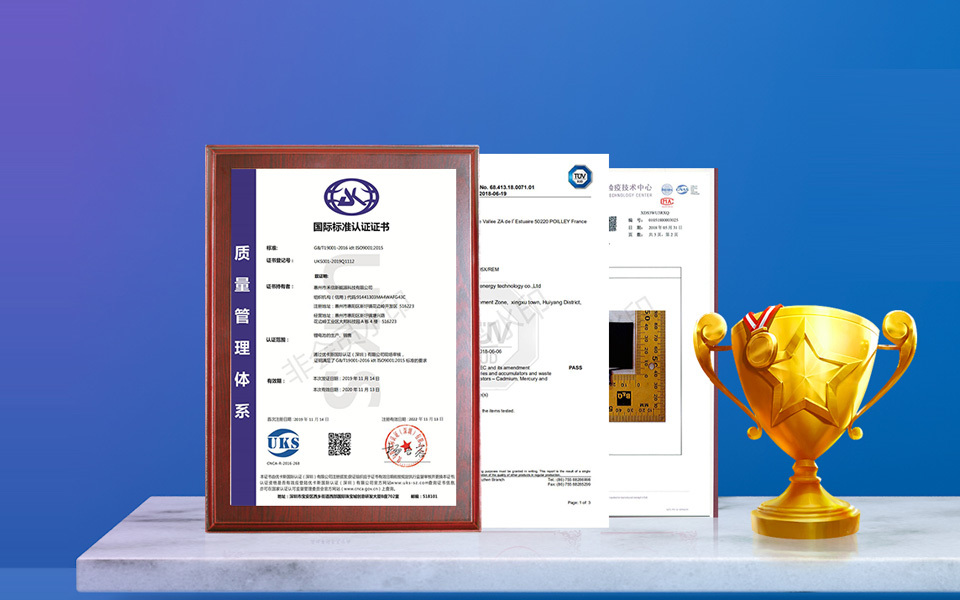21
2020
-
04
Where is the energy storage battery?
Author:
The “star” has fallen, and the energy storage industry is crying out.
For all intents and purposes, Aquin Energy seems destined to succeed.
The emerging startup, which sells high-capacity energy storage batteries to renewable energy projects and grids, was founded in 2007 by Jay Whitacre, a materials science professor at Carnegie Mellon University. , once developed batteries for NASA’s Mars rover. Aquin Energy has raised nearly $200 million from high-profile investors including venture capitalists including Bill Gates, Kleiner Perkins and Shell. Perhaps most importantly, when the company first entered the market, it was clearly and keenly aware of the biggest problem of previous battery project startups-it was difficult to avoid the use of rare materials. With lessons learned from the past, Aquin Energy relied more on production equipment that had changed its original purpose and determined the possible market profit direction.
However, after Aquin Energy failed to raise more funds on March 8, the company filed for bankruptcy protection, laid off 80% of its employees, and no longer continued manufacturing. This is another heavy blow suffered by energy storage equipment venture capital companies recently. Previously, EnerVault, which makes and develops so-called flow batteries, put the company up for sale in 2015 after failing to find more investors. Later that year, Ambri, a startup that makes liquid-metal batteries, laid off a quarter of its workforce. Around the same time, LightSail Energy, a company that was working to develop new technology to store energy as compressed air in carbon fiber energy storage tanks, turned around and sold its tank products to natural gas suppliers. All in all, the struggles have tempered expectations for the near-term arrival of affordable, functional grid storage devices.
This is a big problem. Without cheap ways to store excess energy generated by intermittent energy sources such as wind or solar, these renewable energy sources will impose many constraints on the power supply of the entire grid. Furthermore, its role in mitigating the greenhouse effect caused by carbon emissions is also open to question. Solar farms in California have been shut down for several days because they generated more power than the grid could use at a given time. However, when the sun is obscured by clouds, the system needs to activate backup equipment to burn enough fossil fuels to meet actual demand.
A year ago, Aquin Energy ranked fifth on the MIT Technology Review's list of the 50 smartest companies. It's hard to figure out exactly what went wrong, as the bankruptcy filing provided limited additional details, and Whitacre declined to comment before the auction is complete, but made it clear he hopes the company or technology will be able to do so later. continue in some form.
Lithium-ion battery costs continue to fall
In 2012, when MIT Technology Review first reported on Aquin, the company mentioned that it wanted to make batteries that cost less than $300 per kilowatt-hour of capacity. The technology uses a salt water electrolyte, a manganese oxide cathode and a carbon-based anode combined into a battery. The product is priced between low-end lead-acid batteries and more expensive lithium-ion technology. But the main point is that the battery will last longer and perform better during grid charge and discharge cycles. This may enable the lifetime cost of the system to be lowered.
We didn’t know exactly how much Aquin’s products cost when it filed for bankruptcy, but according to Bloomberg New Energy Finance, lithium-ion batteries fell below $300 per kilowatt-hour last year. threshold. In particular, this price has been cut in half in just two years, reaching just $273 in 2016. This is because global lithium battery production is gradually increasing to meet the growing demand for mobile phones, electric vehicles and solar power backup systems. And the price of lithium-ion batteries is still likely to continue to decline. Bloomberg predicts that it may drop to US$109 per kilowatt hour in 2025 and reach only US$73 per kilowatt hour by 2030.
Donald Sadoway, a materials scientist at the Massachusetts Institute of Technology (MIT) and co-founder of Ambri, is skeptical, arguing that such estimates only represent the total cost of lithium battery storage technology at the grid level. He also believes that Bloomberg New Energy Finance’s future forecasts are unrealistic, and the forecast for 2030 seems to be lower than the cost price of raw materials. Regardless, the sudden drop in prices has had a huge knock-on effect on the energy storage battery market. "When lithium-ion batteries come on the scene with these bold and outrageous speculations, investors stop and look at it and say, wow, you guys (researching other batteries) are screwed," he said.
Meanwhile, large customers who could consider building multimillion-dollar energy storage systems have little incentive to bet on emerging, riskier technologies. "Lithium-ion batteries already meet many of the specific needs of large utility customers, who can obtain reliable products from stable suppliers," commented John Zahurancik, director of energy storage at AES. AES is a power project developer that has increasingly focused on battery systems. After the California utility company's natural gas leak in 2015, they urgently ordered three separate lithium-ion systems to replace natural gas equipment. The batteries were assembled by AES and Tesla. “We believe that lithium battery technology is more suitable for this moment and can be used at any time.”
21
2020-04
21
2020-04
The lithium battery industry can still expect high growth in the next few years
21
2020-04
Decoding the pros and cons of overseas Taobao for Chinese lithium battery companies
21
2020-04
Where is the energy storage battery?
21
2020-04
More than 5 power battery companies are involved in upstream lithium mines
11
2020-05
Warmly celebrate our company's successful passing of ISO9001 quality management system certification
11
2020-05
Super battery/graphene battery is not the best yet. Take stock of 12 new battery technologies

Copyright©Huizhou Hexin New Energy Technology Co., Ltd. All Rights Reserved


